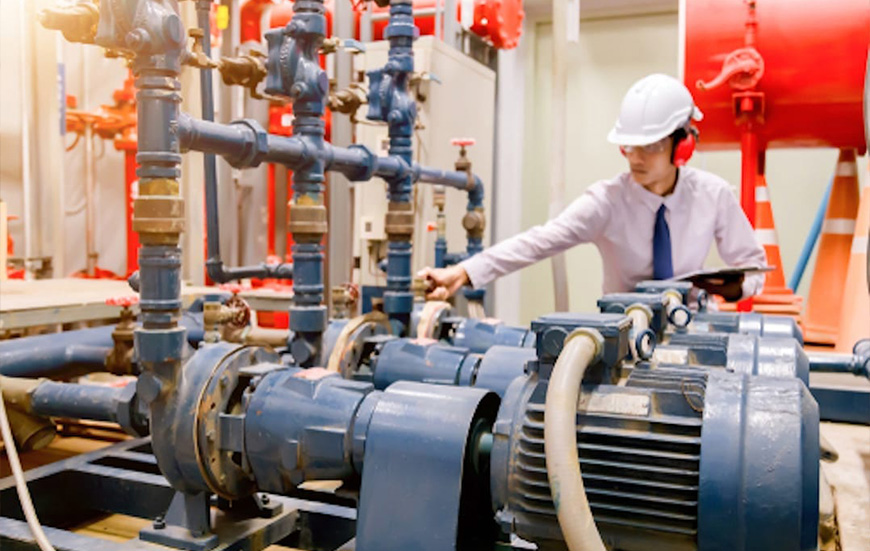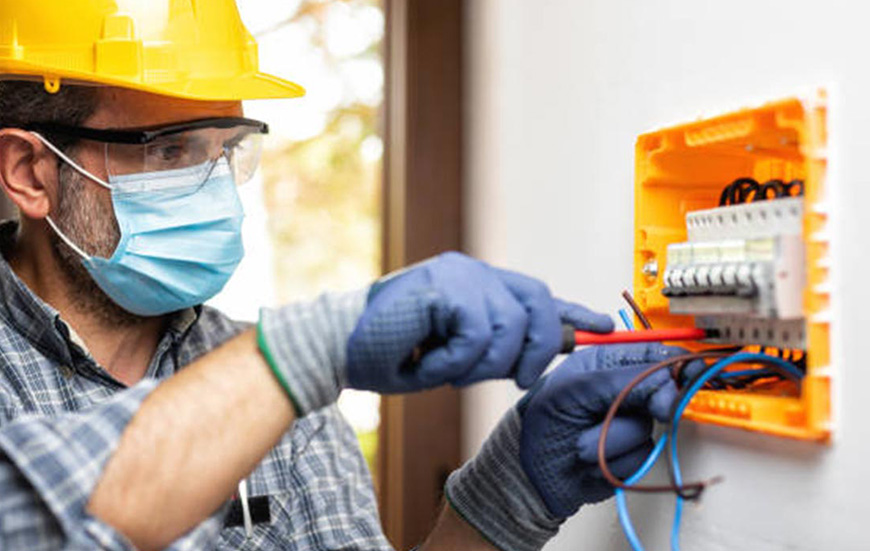MEP (Mechanical, Electrical, and Plumbing) services are an integral part of building design and
construction. These services include the design, installation, and maintenance of mechanical,
electrical, and plumbing systems that ensure the safety, comfort, and efficiency of a building's
occupants.
MEP services require specialized skills and expertise to design, install, and maintain. It is
important to work with a reputable and experienced MEP contractor who can provide a
comprehensive range of services, including system design, installation, testing, and
maintenance. The contractor should also be licensed and insured to provide peace of mind and
protection in case of accidents or damages.
MEP services include various types of systems, such as:
HVAC systems:
HVAC systems are used to provide heating, ventilation, and air conditioning to buildings. These systems include various components such as boilers, chillers, air handling units, ductwork, and controls. Boilers and chillers are used to heat or cool water that is then circulated through air handling units to provide conditioned air to the space. Ductwork is used to distribute the conditioned air throughout the building, while controls are used to regulate the temperature and humidity levels.
Plumbing systems:
Plumbing systems in MEP include various components such as pipes, fixtures, and valves that are used to provide water supply and drainage. Water supply systems include pipes that deliver clean water to the building, while drainage systems remove waste water and sewage. Plumbing systems may also include fixtures such as sinks, toilets, and showers.
Fire protection systems:
Fire protection systems in MEP include various components such as fire sprinklers, fire alarms, and smoke detectors. Fire sprinklers are used to extinguish fires by spraying water or other fire-retardant materials onto the fire. Fire alarms and smoke detectors are used to alert occupants of a fire and may trigger the activation of fire suppression systems.
Building automation systems:
Building automation systems (BAS) are used to monitor and control various mechanical and electrical systems in the building. These systems may include HVAC, lighting, security, and access control systems. BAS may include sensors and controls that can automatically adjust the temperature, lighting, and other settings based on occupancy or other factors.
Energy management systems:
Energy management systems (EMS) are used to monitor and control energy usage in the building. These systems may include sensors that track energy consumption and controls that can adjust HVAC and lighting systems to optimize energy efficiency. EMS may also include energy storage systems, such as batteries or thermal storage, that can be used to store excess energy for later use.


